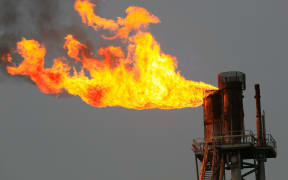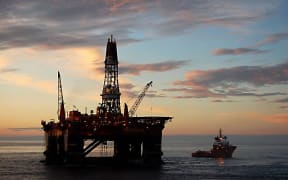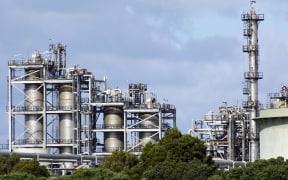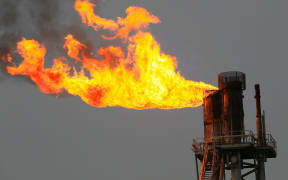The government is wrestling with the conundrum of what do with oil rigs when the reservoir beneath them runs dry.
Some might have to be expensively removed, but others might be sunk as diving attractions.
Countries globally are wrestling with the same problem.
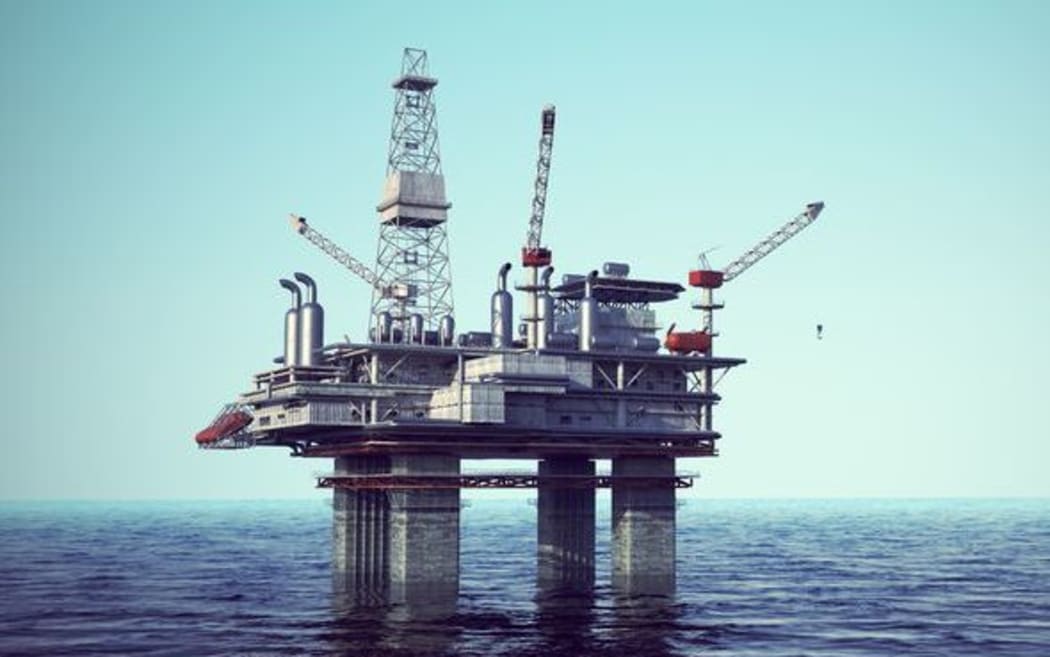
Photo: 123RF
The Financial Times estimated clearing up disused oil platforms in Britain's North Sea would cost £30 billion, almost equivalent to the New Zealand government's entire annual budget.
New Zealand's problem is not nearly so severe.
However the Ministry of Business Innovation and Employment told an energy conference in New Plymouth that five large and famous oil and gas fields are due to run dry: Tui, around 2025, Kupe, 2030, Maari, 2035, Maui, 2035 and Pohekura, 2045.
The Ministry said these would have to be shut down using regulations that still had not even been worked out and which raised a number of pressing issues.
These involved handling declining assets in a way that did not scare off newcomers to the New Zealand energy scene.
The Minister of Energy and resources, Judith Collins, said these rebates would be the same for any company facing business expenses relating to cleaning up a site.
And the $855m had to be kept in context.
"That's over a 25-year period and in the last eight years we have got $3.2bn in royalties and levies," she said.
"The cost of decommissioning is factored into those royalties. Basically the cost of decommissioning is built into it."
Although decommissioning of disused oil wells is mentioned in existing legislation, no one is sure of just how to go about it, beyond making sure the well itself is sealed.
Alistair Child of the Ministry for the Environment said in some cases oil rigs might not even be removed at all, but left in the ocean as a diving attraction.
"Obviously the conversation about rigs to reefs is going on, so that is certainly in our minds," he said.
In some cases, undersea pipelines might have to be expensively lifted from the sea floor, in other cases this might not be needed, since they will have sunk under the sea floor, or have been built in underwater trenches anyway.
Overseas experience is being looked at closely to learn from what others have done.
Adding to the complexity are seven international conventions that all have a say on this matter, and no fewer than 11 government departments that all want to be involved in the final decision.

